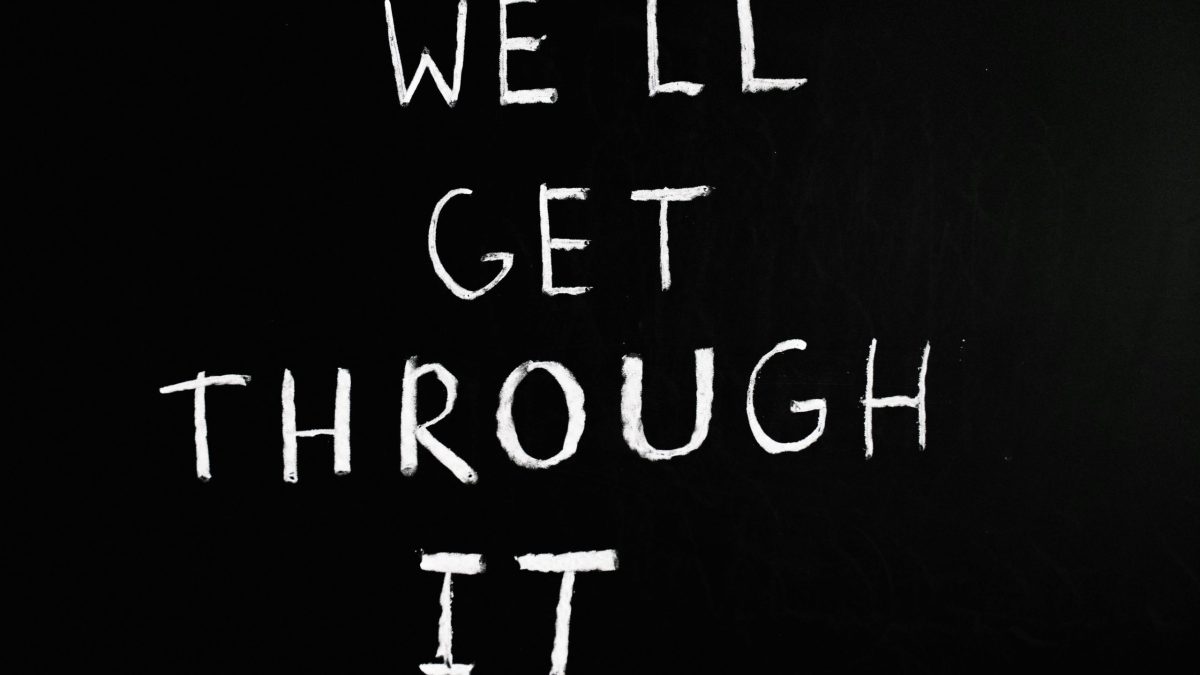Understanding Body Image
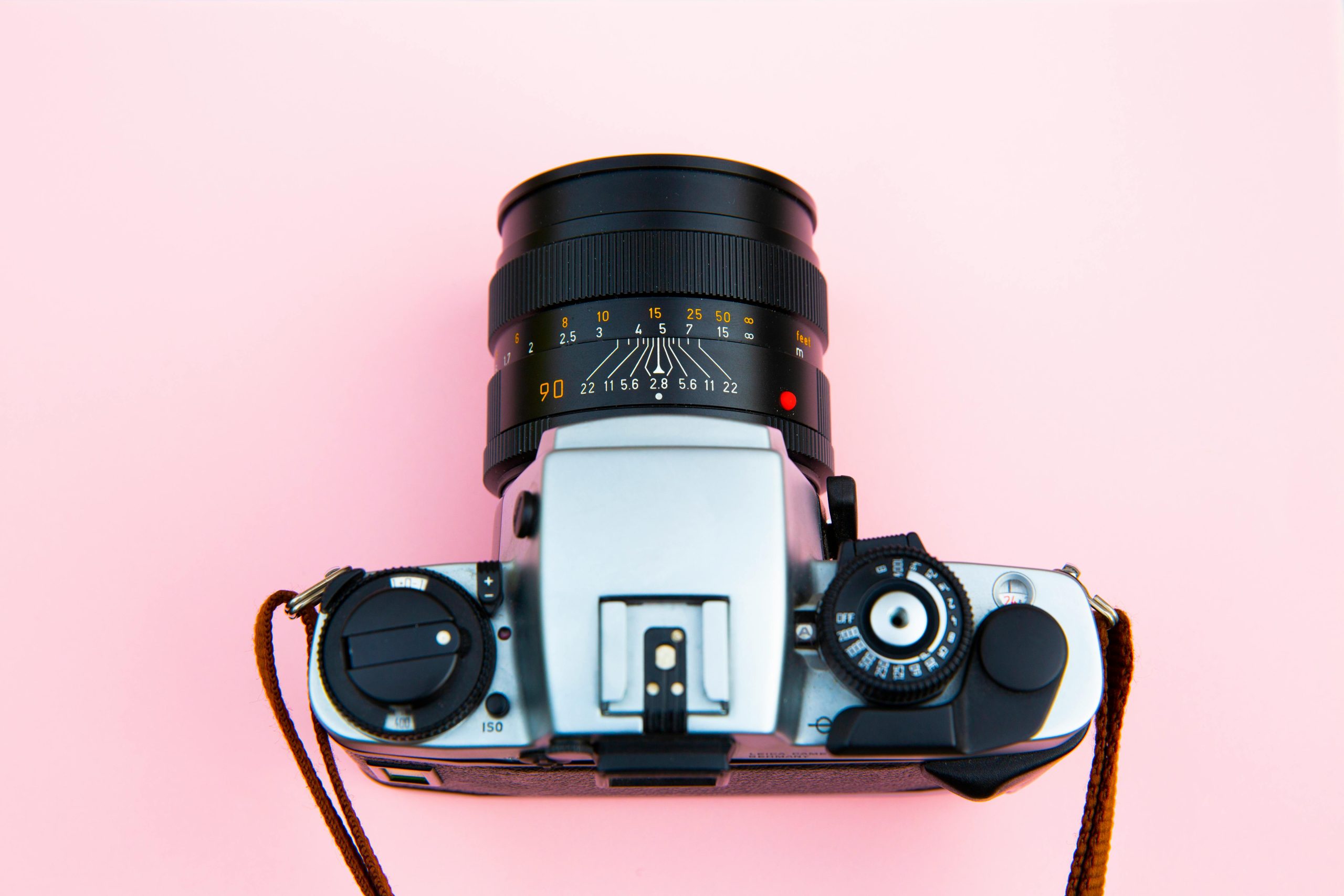
A person’s perspective of their physical self and the ideas and emotions that flow from it are known as their body image, and they are fundamental to both mental and self-esteem. It goes beyond how we look in the mirror to include how we feel about the way we look. The process of shaping this perception starts early, as kids and teenagers work their way through a web of expectations from society and self-discovery. From an early age, they take in the images of themselves that come from friends, family, and—most importantly—the media.
It is impossible to overestimate the influence of society norms and the media on body image. Young brains are often misled by unwarranted and harmful comparisons in a world full of digitally edited photos and limited notions of beauty. Their perception of worth and beauty is shaped by this constant barrage of idealized pictures, which can occasionally result in a distorted body image. It is imperative to acknowledge the impact of these external forces in cultivating a favorable body image among the younger demographic.
- promoting a good view of one’s body is about developing resilience, self-worth that goes beyond looks, and confidence in addition to encouraging good physical habits.
- It’s about teaching our kids to value their bodies for more than simply their physical appearance.
- By doing this, we give children the strength to accept their individual beauty and fight the urge to live up to unattainable norms.
The Parental and Guardian Role

The way that parents and guardians shape their children’s body image is very important. They provide a strong example by modeling positive body image and self-talk. Teaching children to value their bodies and celebrate their abilities instead of concentrating only on appearance is the goal. This method starts from the ground up and cultivates a positive self-perception.
Establishing a transparent atmosphere for conversations around body image is equally crucial. Children are more likely to ask for help and assistance when they feel at ease discussing their emotions and worries. Their knowledge that it’s acceptable to have questions and concerns about their bodies is facilitated by this openness, which helps kids negotiate their sentiments in a healthy way.
- It’s critical to watch over and direct media consumption. A world where the media frequently promotes unattainable beauty standards can be greatly improved by pointing kids toward media that values variety and authentic bodies.
- It’s about teaching kids to dispute and question unrealistic images of beauty and supporting them in critically evaluating what they see and hear.
These tactics come together to form a helpful framework. They support kids in creating a good body image that is based on self-worth and an appreciation of their individual characteristics. Their journey towards becoming self-assured and resilient adults depends on this foundation.
Including Body Image Education in Curriculums for Schools
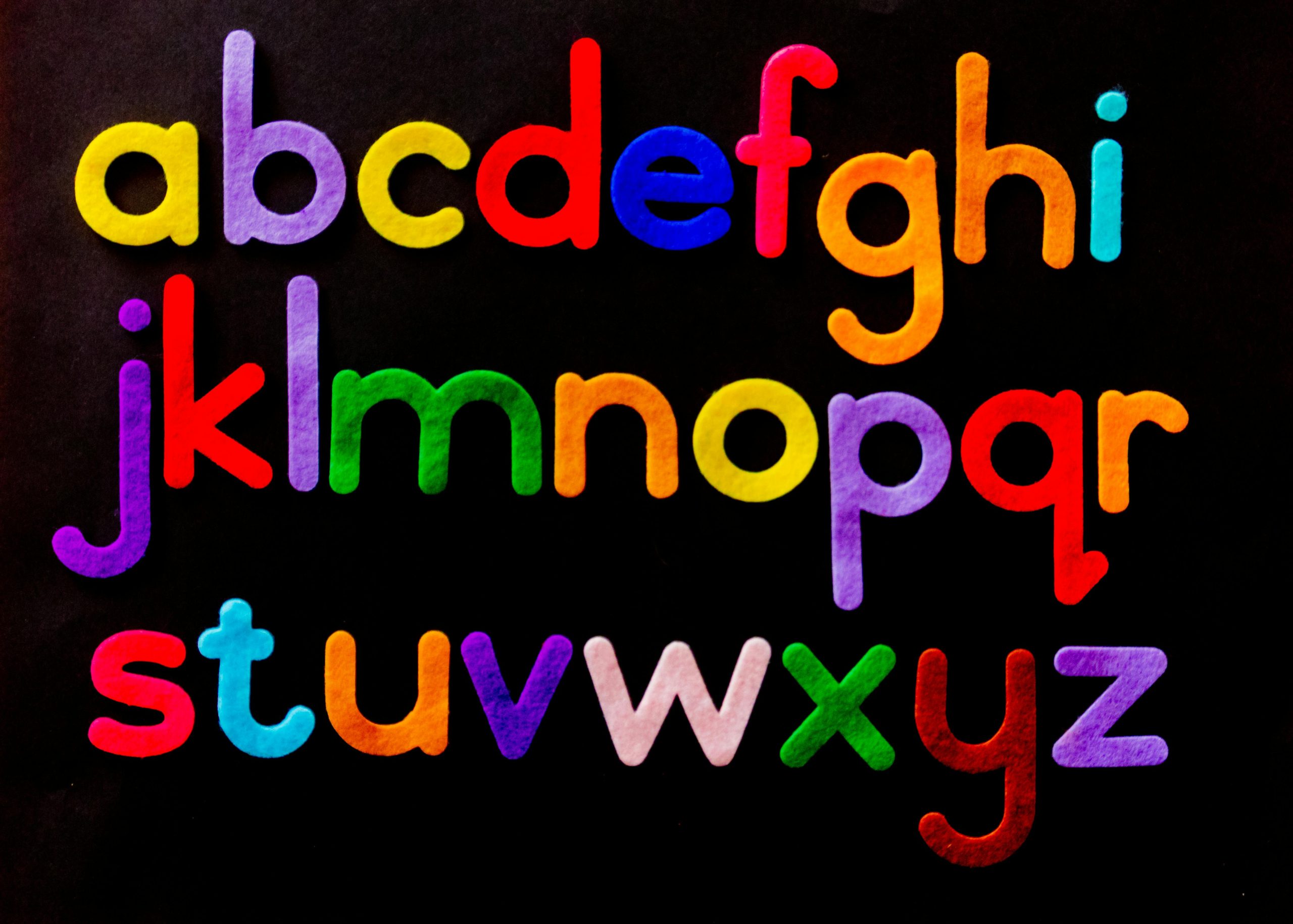
Education is crucial in forming children’s ideas of their own value and how they feel about their bodies. By including body image education into school curricula, we help kids and teenagers develop a better, more positive self-concept. This program encourages acceptance and tolerance for one’s own and other people’s physical appearances in addition to educating students about the diversity of human bodies.
Educators and Counselors’ Role
On the front lines, helping students through these crucial years are teachers and counselors. Their encouragement is essential for developing a positive body image. They can establish a safe atmosphere where students feel comfortable expressing issues and seeking guidance by challenging societal standards and having open discussions about body image. Their impact goes beyond the classroom, supporting kids in building resistance to triggers that lead to negative body image.
The Impact of Peer Influence
Peers have a big influence on how people feel about their bodies. Negative peer pressure can weaken self-esteem and acceptance, while positive peer pressure can strengthen them. It is crucial to promote a culture of acceptance and friendliness among peers. By providing workshops and activities that foster empathy and teamwork, schools may help students recognize the individuality in each person.
Encouraging Healthful Behaviors
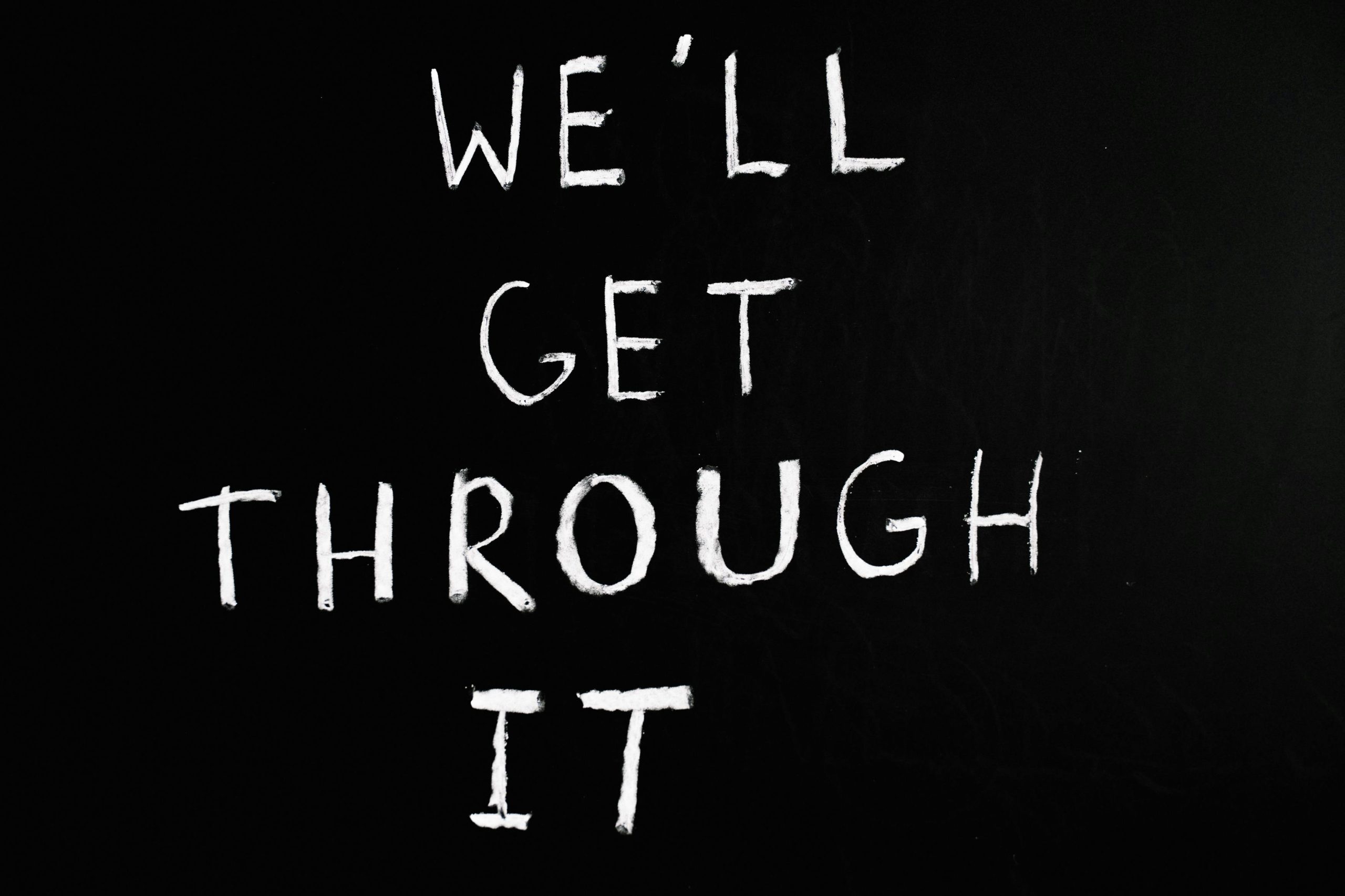
It is essential to promote physical activity. Instead of concentrating on looks, it’s about discovering joy in movement. A child’s sense of self-worth and body image can be greatly impacted by this change in viewpoint. Activities ought to be enjoyable and should instill a lifelong enjoyment of physical activity.
Eating well and having a healthy relationship are equally vital. It’s about eating a range of foods that nourish the body and soul, not about dieting or limits. A good body image is supported when youngsters are taught to listen to their bodies and eat naturally, which makes food seem like a friend rather than an enemy.
It is impossible to overestimate the importance of sleep for stress relief. For both physical and emotional well-being, getting enough sleep and practicing stress-reduction strategies are essential. As a result of their good effects on mood, vitality, and general well-being, they support positive body image. Promoting healthy sleep practices and teaching kids stress management techniques like yoga or mindfulness can have a big impact on how they view themselves.
When combined, these tactics create a comprehensive strategy for fostering a good body image. We can help our children develop positive self-images by emphasizing the joy of physical activity, encouraging a healthy relationship with food, and stressing the need of getting enough sleep and managing stress. This foundation is essential for assisting kids in overcoming the difficulties of growing up in a society that is preoccupied with appearances, as well as with confidence and self-respect.
Handling Problems With Body Image

The first step in intervention is identifying the symptoms of eating disorders and low body image. Excessive attention to appearance, abrupt dietary changes, and negative self-talk are a few examples of these symptoms. It’s critical to realize that if these behaviors are not treated right away, they may worsen and become major health issues.
- Being open and sensitive while having these kinds of conversations about body image is necessary. Establish a safe environment first so that kids and teenagers can express their emotions without fear of being judged.
- Actively listen to them, acknowledge their feelings, and gently steer the conversation in the direction of constructive ideas and well-being practices. It’s about encouraging self-acceptance and perseverance despite social pressures, and reaffirming their importance beyond outward beauty.
There is more to helping kids and teenagers who are having problems with their bodies than merely having chats at home. Promote engagement in self-esteem-boosting pursuits like athletics, the arts, or volunteer work, as these can assist in reorienting attention from outward looks to skills and contributions.
When eating disorders are suspected or when problems with body image interfere with day-to-day functioning, professional assistance should be sought. This could involve making significant weight adjustments, cutting back on social interactions, or experiencing severe body image problems. The appropriate help and direction can be obtained from psychologists, counselors, or dietitians that specialize in eating disorders and body image.
In the end, encouraging a positive body image requires teamwork. In order to foster an atmosphere that values diversity, promotes healthy lifestyle choices, and supports mental health, parents, educators, and the community must collaborate. We can enable our young people to feel confident and comfortable in their own flesh by tackling body image issues head-on and offering a network of support.
Building a Community of Support
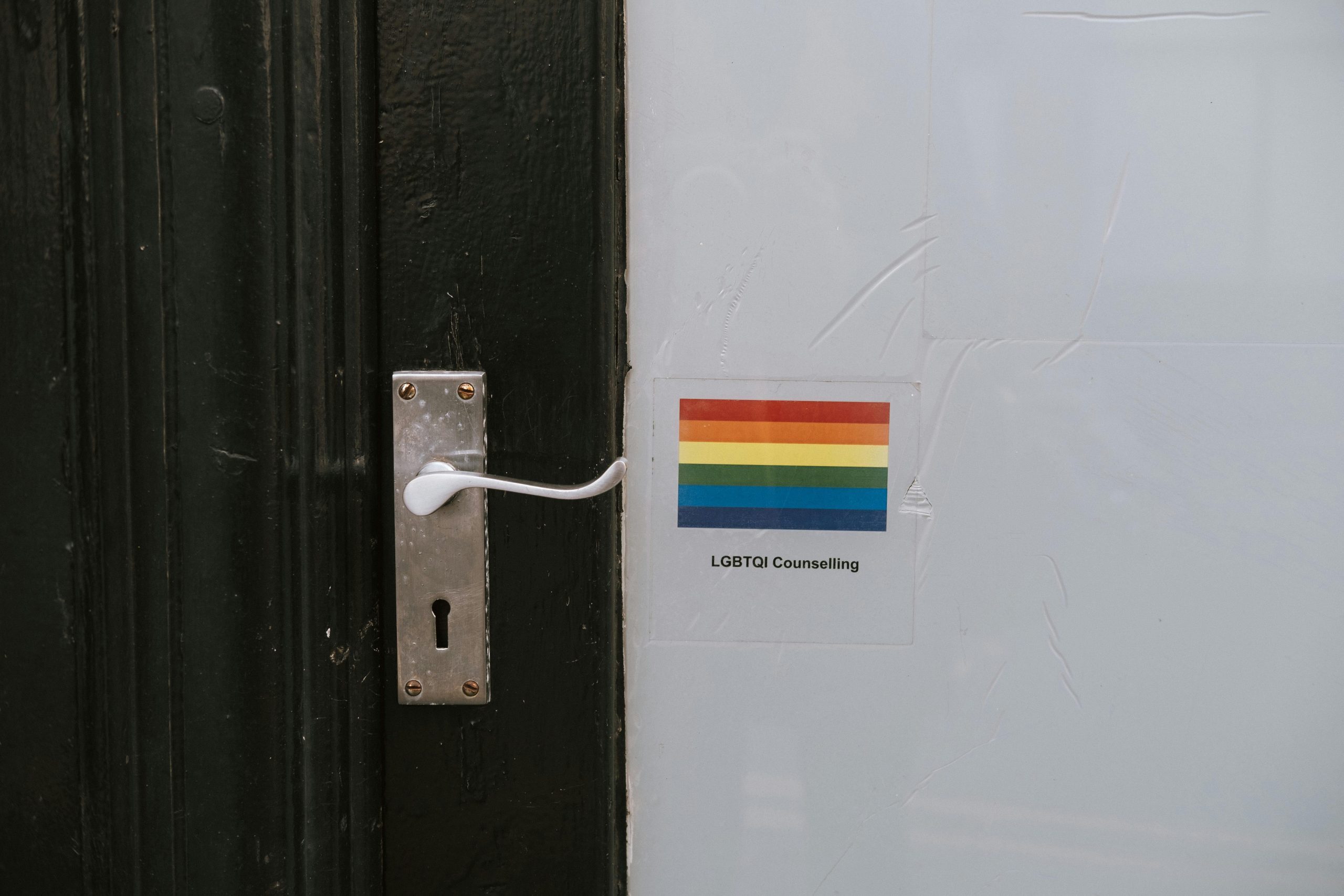
Positive body image is greatly aided by extracurricular activities, sports teams, and organizations. These organizations promote a feeling of achievement and self-worth by emphasizing the capabilities of the body rather than its outward appearance. By swaying the focus away from appearance and embracing a range of talents and skills, they impart to kids and teenagers the importance of collaboration and personal development.
- Influencers and community leaders have a strong platform to promote body positivity. They can question social conventions and promote acceptance of different body shapes via community projects, public speaking, and social media use.
- It is crucial that all groups are represented in the media and on advertising. Children perceive validation of their value and beauty when they see people who resemble them in the media. The limited conceptions of beauty that permeate popular culture are undermined by the diversity of depiction, which demonstrates that beauty exists in all forms, sizes, and hues.
When combined, these components create a community of support that inspires kids and teenagers to confidently accept their bodies. Through the promotion of inclusivity, celebration of variety, and advocacy for a realistic yet healthy portrayal of bodies, we can establish a supportive atmosphere that cultivates positive body image in everyone.
In Conclusion
A body-positive mindset changes people’s life. It fosters happiness and fortitude in the face of social constraints. We help our young people find their way to self-acceptance and empowerment by combining community involvement, parental assistance, and educational support. Through these initiatives, a generation of self-assured individuals eager to question and reshape beauty standards is being raised. Let’s make a commitment to creating surroundings that value every body, empowering our kids to grow up with self-assurance and dignity.
Encouraging a Positive Body Image in Children and Teens FAQs
Yes, participating in sports or physical activities can improve a child’s body image by emphasizing the body’s functionality and strength over its appearance. It helps build confidence, resilience, and appreciation for what their bodies can do, which can counteract negative societal messages about body image. However, it’s important to choose activities that promote teamwork and personal growth rather than focusing solely on competition or physical appearance.
Start by having open discussions about the nature of social media, emphasizing how images can be manipulated and don’t always reflect reality. Encourage critical thinking about the content they consume and promote a diverse range of media that showcases a variety of body types. Setting limits on screen time and being a good role model in your own social media use can also help mitigate negative influences.
Promoting a balanced approach to eating that includes a variety of foods without labeling them as “good” or “bad” can help teens develop a healthy relationship with food. It’s important to involve teens in meal planning and preparation, encouraging mindful eating practices and listening to their bodies’ hunger and fullness cues. Discussing the nutritional value of foods and how they affect the body’s functioning can also support a positive outlook on eating.
Encouraging appreciation for body diversity involves exposing your child to a wide range of body types through books, movies, and other media that celebrate differences. Discussing the natural variation in human bodies and the unrealistic standards often portrayed in media can help children understand and respect diversity. Participating in activities or groups that include a diverse set of individuals can also provide positive real-life examples.
Encouraging a positive body image in children involves promoting healthy eating and physical activity without focusing on weight. It’s important to model positive behavior and language regarding your own body and others’, as children often mimic adult attitudes. Praising achievements and qualities unrelated to appearance reinforces the idea that self-worth is not tied to how one looks.
Modeling a positive body image involves demonstrating a healthy relationship with food, engaging in physical activity for enjoyment rather than weight control, and speaking positively about your own and others’ bodies. Showing acceptance and appreciation for your body’s capabilities and imperfections teaches children to value themselves beyond their appearance. It’s also beneficial to avoid engaging in diet talk or expressing dissatisfaction with your body in front of your child.
If a child’s negative body image is impacting their mental health, seeking professional help from a psychologist or counselor who specializes in body image issues is important. These professionals can provide strategies and support to help your child develop a healthier relationship with their body. Additionally, maintaining open communication with your child and offering your unconditional support are key components of helping them navigate these challenges.
The language used when talking about bodies, including your own, can significantly impact a child’s body image. Positive, respectful, and non-judgmental language fosters a healthy view of the body, while negative or critical language can contribute to dissatisfaction and insecurity. It’s beneficial to focus on what bodies can do rather than how they look, emphasizing functionality over appearance.
It’s essential to address the issue directly by talking to your child about their experiences and feelings. Providing a supportive and understanding environment where they feel safe to express themselves is crucial. Additionally, contacting the school or relevant authorities to discuss the bullying and seek a resolution is an important step in protecting your child and promoting a positive self-image.
Listen to your child’s concerns without judgment and acknowledge their feelings. It’s crucial to avoid dismissing their worries or immediately trying to solve the problem, as this can invalidate their experience. Instead, engage in conversations about body diversity and the unrealistic body standards often portrayed in media.

Jasmine Duque-Love is a mother of one and a practicing physiotherapist with a Phd in Physiotherapy

